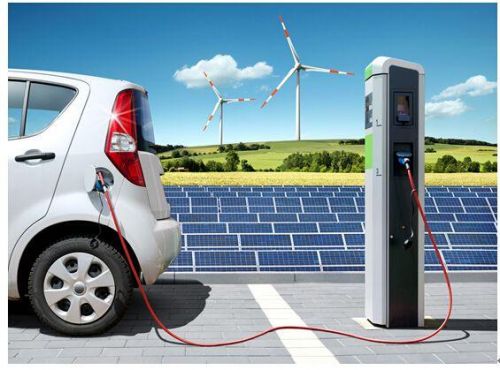In 2014, after the State Grid opened the electric vehicle charging pile market to private capital, it set off a wave of charging pile construction. Dozens of companies flock to this sunrise industry. However, more than two years have passed, the imperfections in the service of the charging pile industry and the unclear profit model have made its development step into an embarrassing situation where it is not up to the top and where it should go. Let's take a look at the related content with the car electronics editor.

Charging pile industry blame is not much
Some media have visited a number of public charging stations in Beijing and said that the expansion of charging piles is very fast, but the service is "not to worry about the tail." In the field investigation, six charging stations were found to have damaged the charging piles. Three charging stations including the national grid and the star charging have two charging piles in an inoperable state.
In addition, the parking space in front of the charging pile is often occupied by the gasoline car, and the electric car does not want to be charged. Therefore, there are often more than 20 electric pile charging stations in actual use, and less than half or even only a few electric piles are serving electric vehicles.
For the charging pile investors, they have invested a lot of financial and material resources, but they have not been able to get enough returns.
Taking the State Grid as an example, in 2016, it built a total of 40,000 public electric piles, providing more than 12 million charging services throughout the year—that is, the frequency of use of a single charging pile is less than once a day. The cost of a single public slow charging device is 5,000 yuan (fast charging pile is 30,000 starting) or more, the operator only charges a charging service fee of 0.8 yuan / kwh (taking the Beijing service fee standard as an example), regardless of loss In this case, the charging pile has to run for 6,250 hours to return to the original, that is, it has to work continuously for 260 days without sleep.
State Grid also generally acknowledged that in 2016, its charging pile operations business was not profitable.
According to the China Association of Automobile Manufacturers, the number of new energy vehicles in China is 1.09 million in 2016. If we are over-optimistic 100% growth rate (87% in 2016), we expect the final retention of domestic new energy vehicles in 2017. By the end of this year, the country’s new energy vehicles are only two million.
At present, the charging pile users with an overall size of less than 2 million have a imaginary space in the context of the country's vigorous promotion of new energy vehicles. However, at present, the smaller user scale locks the profit model of the charging pile operators. Charge the charging service fee on this single path.
Why is the road ahead seem so rough, and players from all sides have to flock in? Government subsidies are undoubtedly an important catalyst.
In order to encourage the development of charging piles and new energy vehicles in Beijing, Shanghai and Shenzhen, the subsidy for charging pile construction was proposed to be 30%. However, after the introduction of the subsidy rules, the refinement requirements have shut out many companies.
The above is about the car electronics in the charging pile industry geeks are not too much to talk about, if you want to know more information, please pay more attention, electronic engineering will provide you with more complete, more detailed, updated information information.
Camping Light Tower,Outdoor Lighting Tower,Manual Type Light Tower,Balloon Metal Halide Light Tower
Wuxi Doton Power , https://www.dotonpower.com